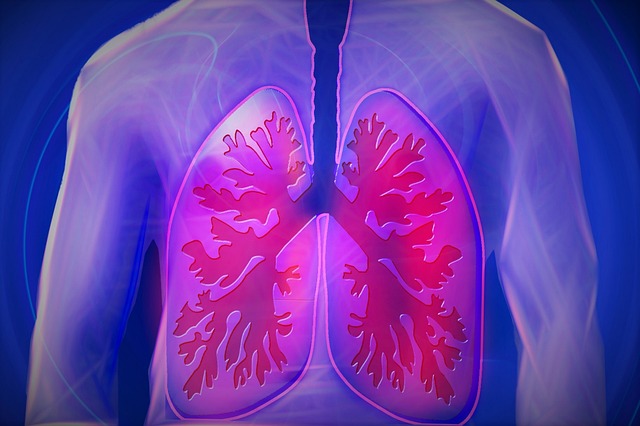Scented candles have become increasingly popular over the years. Many people enjoy the pleasant and soothing aromas of vanilla, lavender and jasmine, during a bath or a romantic evening. During the holidays scents that remind us of the season such as cinnamon or gingerbread help to set the mood for the holiday and party season.
While scented candles can set the mood for an event, they also set up your home for poor indoor air quality. Sadly commercially made candles can also have a seriously negative impact on your health as well. All parts of commercially made candles from the fragrance, wax and the wick release harmful chemicals in the air, even when they are not lit.

Wax
Here’s a couple of the misleading marketing spin with candles:
“We only use high-quality, food-grade paraffin wax, dye, and fragrance.”
“Made in America with premium-grade paraffin.”
These claims make a product sound safe, when it isn’t. What people don’t realize is that paraffin is a byproduct of petroleum, and that is what most commercially made candles are made with. To make wax the petroleum waste is deodorized, bleached and then made into wax. When you burn a paraffin candle it can release VOCs into the air such as acetone, toluene and benzene which are known carcinogens. These same chemicals are found in diesel fuel emissions and are known to cause asthma attacks, allergies and skin reactions.

Burning a candle for an hour is like smoking one cigarette
Andrew Sledd, M.D., a Missouri pediatrician specializing in environmental toxicology, isn’t convinced candles are safe. He states, “It only takes an hour of burning a candle to produce the same harmful effects as smoking just one cigarette.”
According to this study burning candles produces a large amount of particles that significantly contribute to the exposure of indoor particulate matter. Exposure to various types of combustion particles, such as diesel exhaust particles from paraffin, have been associated with increased risk of lung cancer by mechanisms that involve oxidative stress, inflammation and genotoxicity.

Metal wicks
Lead was a commonly used material for the core of a wick up until 1974, when U.S. manufacturers voluntarily agreed to discontinue its use. Many other countries however still use lead since it provided the needed stiffness for the wick and burns off with the wick itself. In the U.S. zinc and tin are now commonly used for wick stability.
The NCA (National Candle Association) states that only a small number (one or two) of candle manufacturers make their own wicks. The rest purchase wicks from wick manufacturers. One such manufacturer is Atkins and Pearce, Inc.; who claims to have stopped making and selling wicks with lead in 1999.

Fragrance
Although all of the elements of a candle present a health risk, the greatest risk comes from the fragrance. Most commercially made scented candles use synthetic chemicals, fragrances and dyes to achieve their unique scent and color. The VOCs from these chemicals are emitted whether the candle is lit or not.
Some of the commonly released VOCs emitted from scented candles can include formaldehyde, petroleum distillates, limonene, alcohol and esters. These hazardous chemicals are known to cause a range of health problems including allergy symptoms and asthma attacks, dizziness, headaches and respiratory tract infections. These chemicals are also linked to cancer.

Candle Soot
Scented candles can create soot deposits in your home. According to this EPA study scented candles and “soft” candles are more likely to generate soot. This is because most fragrance oils are unsaturated hydrocarbons and are liquid at room temperature. The lower the carbon-to-hydrogen ratio, the less soot is produced by the flame. So more fragrance equals greater soot. When soot is airborne, it is likely to be inhaled. The particles can potentially penetrate the deepest areas of the lungs, the lower respiratory tract and alveoli.
Avoid these candles
Candles from Dollar stores
Imported candles
Any candle that appears to have a metal-core wick
Scented candles
Gel candles
Aromatherapy candles from brands like Febreze or Glade which are full of toxic chemicals

Ways to scent your home
I’m not a fan of adding scent to your home. If however you enjoy scents, consider healthier options such as:
Cooking a hot spiced cider on your stovetop. You’ll have a pleasant aroma and a tasty warm beverage.
Bake homemade cookies or bread.
Make your own nontoxic essential oil.
Add pure essential oils to a diffuser.

Three safer candle options
In general the safest options are candles that are free of paraffin, lead, phthalates and plant based
Beeswax candles– I like this company-Bluecorn Beeswax
Paraffin Free Candles –I like this company-Goodlight Candles
Mason Jar Candles-There are numerous DIY instructions online for making an oil candle with mason jars. Jars are filled with fruits, fresh picked flowers or evergreen sprigs. Water is added to jar and then topped with ¼’ thick layer of sunflower oil, a floating wick is added and you’re done.








